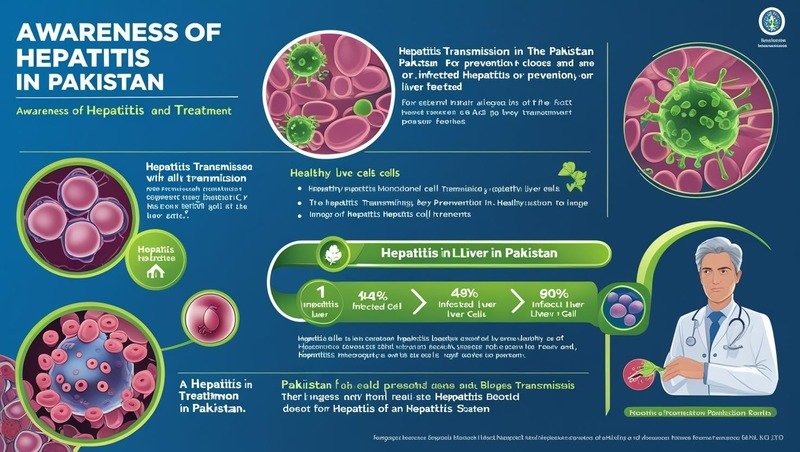
On Thursday, a family outing over the foggy skyline of Manhattan turned tragic when a tour helicopter crashed into the Hudson River.
Three children and their parents, who had both worked for Siemens, a major technology company based in Germany, were among the six passengers on the helicopter. It took out from a heliport in Manhattan and flew on a well-known path, circled the Statue of Liberty, heading south after gliding north along the Hudson toward the George Washington Bridge. CNN and FlightRadar24 have reported that the plane crashed into the water approximately 16 minutes after takeoff.
According to witnesses, the chopper flipped and spiraled before crashing upside down close to the New Jersey shore, sending debris across the water.
Sarah Jane Raymond Ryer, a witness to the disaster, told CNN’s WCBS, “I saw the propeller come off the helicopter—it was tilted slightly forward and just kept spinning on its own.” “It was no longer associated with anything.”
The rotor blades can be seen flying into the air after separating from the airplane in footage that CNN was able to capture. The footage is “very dramatic and very important to the investigation,” according to Peter Goelz, the former managing director of the National Transportation Safety Board.
Avi Rakesh, another witness, told CNN’s Jessica Dean that the helicopter debris seemed to be entirely out of control and that he felt worried even inside his own building.
There was debris flying in all directions. Rakesh remarked, “I was worried that something might come and hit the window.”
What we know about the crash that killed all those on board is as follows:

Among the victims were a Siemens family and a pilot.
According to a social media post by Jersey City Mayor Steven Fulop, the family was in New York to celebrate Camprubí’s 40th birthday, while New York City Mayor Eric Adams stated that the victims were Agustín Escobar, 49, his wife, Mercè Camprubí Montal, and their three children.
We are extremely saddened by the unfortunate helicopter incident in which Agustin Escobar and his family lost their lives. We send our deepest sympathies to all of their loved ones,” a Siemens Mobility representative said.
At Siemens AG’s transportation solutions division, Siemens Mobility, Escobar was the CEO of Rail Infrastructure.
In his condolence message, Spanish Prime Minister Pedro Sánchez described the incident as “an unimaginable tragedy.”
Camprubí was the global commercialization manager for Siemens Energy, according to her LinkedIn page. Siemens Energy is an independent firm that was split off from Siemens AG in 2020.
Siemens Energy released a statement saying, “We are shocked and deeply saddened by the loss of a colleague due to a tragic accident during vacation.” “We send our deepest sympathies and thoughts to the victims’ friends, family, and coworkers.”
Apart from her global business career, Camprubí is well-known in Spain for being a part of a well-known sports family. Both Camprubí’s grandfather and great-grandfather were presidents of FC Barcelona, one of the world’s most well-known soccer teams.
The identity of the pilot who was murdered has not yet been made public by authorities.
For additional details on the victims, CNN has contacted the US Coast Guard and the New York Police Department.

On Thursday, a helicopter tragedy in New York claimed the lives of Siemens executive Agustín Escobar and his family. Siemens
What took place
Although the cause of the collision is yet unknown, observers were taken aback by its abrupt plummet as emergency personnel hurried to save the lives of the victims.
Following a well-traveled tourist route, the helicopter departed Manhattan’s downtown heliport at 2:59 p.m., according to Jessica Tisch, commissioner of the New York Police Department. By 3:08 p.m., it had circled the Statue of Liberty and was flying north along the Hudson River to the George Washington Bridge. According to Tisch, it soon lost control after turning south toward the New Jersey beach.
Ten miles could be seen at the time, although the area was overcast with winds of 10 to 15 mph and gusts as high as 25 mph. Later in the afternoon, a weather system was predicted to deliver light rain.
In Hoboken, New Jersey, several 911 calls at 3:17 p.m. reported a collision close to Pier A Park. According to witnesses, the helicopter seemed to stop in midair before fragments broke off, which is in line with early emergency reports, Tisch added.
Ipsitaa Banigrhi, a resident of Jersey City, called the noise “such a loud sound.” She told WCBS that it felt like thunder. Then I noticed flying black particles. Once more, I assumed it might just be dust or birds, but then we heard all the sirens and emergency cars passing. It was like, “Okay, what’s happening?” at that point, I believe.
There was really no way to navigate the helicopter to safety after it suffered a catastrophic malfunction in midair, a former combat pilot told CNN’s Kate Bolduan.
“The pilot could not have saved the aircraft at that time,” Brandt Anderson stated.
Tisch said six people were retrieved from the water by NYPD and NYC Fire Department first responders. Tragically, two people died soon after from their wounds, while four were declared dead at the site. Two of the victims were youngsters who were transferred to Jersey City Medical Center but did not survive, according to a later post on X by Jersey City Mayor Steven Fulop.
According to WCBS, personnel pulled the aircraft’s main component out of the river on Thursday night, and dive teams kept searching into Friday.
Past incidents involving safety
Federal aviation authorities had previously looked into two safety incidents involving the helicopter’s operator.
A pilot with the New York Helicopter Charter firm had to make a quick landing in New Jersey in 2015 after briefly hovering 20 feet in the air. According to an FAA inspector at the time, an initial examination revealed that parts of the helicopter “may have had corrosion removed” and that some of its component parts might have been so distorted that they were “considered unairworthy.” In 2010, the same helicopter was involved in another crash in Chile.
After hearing a “bang” and then the “Engine Out warning horn,” a pilot for the company was forced to land a helicopter with four passengers on the water close to Manhattan in 2013. After inflating the helicopter’s floats, the pilot evacuated the occupants onto a boat.
Regarding Thursday’s tragedy, Michael Roth, the CEO of the business running the trip, told CNN, “The only thing I can tell you is that we are devastated.” “My wife has been crying nonstop since this afternoon, and I am a father and a grandfather.
He responded, “That’s something my director of maintenance handles,” when asked about the helicopter’s upkeep. The maintenance director chose not to respond.
Public access to maintenance records is prohibited, and the NTSB limits what businesses can reveal while an inquiry is underway.
“It should have taken him around three minutes to arrive after (the pilot) called in to say he needed fuel and that he was landing, but he didn’t arrive for twenty minutes,” Roth told The Telegraph on Thursday.

New York and New Jersey police and fire departments arrive at the site Thursday, as seen from Pier 40 in New York. Iwamura Yuki/AP
Details of the aircraft: A model with a problematic past
According to Federal Aviation Administration data, the Bell 206L-4 LongRanger IV helicopter was manufactured in 2004 and had an airworthiness certificate granted in 2016 that was good until 2029.
Maintenance records are private, and NTSB regulations forbid businesses from disclosing specific accident-related information while an inquiry is underway.
Documentation of all the work done on the aircraft will be examined as part of the investigation into what caused the tragedy. This would include adherence to two recent airworthiness directives issued by the FAA.
A May 2023 instruction mandated that eight distinct Bell 206L models, including the 206L-4, have their tail rotor drive shafts tested and potentially replaced. An incident in which a Bell 206L helicopter lost a tail-rotor drive because of a joint failure served as the impetus for that instruction.
Additionally, the FAA issued an airworthiness directive in December 2022 for Bell 206L models that included certain parts that needed to be inspected and maybe replaced because of “delamination” in the main rotor blades of the helicopters. The rotor blade may fail as a result of layers inside the blade separating because of material fatigue, damage (from bird strikes, for instance), or manufacturing faults.
Whether any of these problems contributed to Thursday’s crash is still unknown.
An investigation is in progress.
The crash is being looked into by the NTSB and the FAA. On social media, the NTSB announced that it had sent a “go-team” to the scene to inspect the wreckage and check over maintenance records. It also asked people to share any further images or videos they may have.
In an X post, Secretary of Transportation Sean Duffy stated that the helicopter was operating within New York’s Special Flight Rules Area, which has little air traffic control support. LaGuardia Airport provided air traffic support to the helicopter just before to its entry into the uncontrolled area, Duffy continued.











Leave a Reply